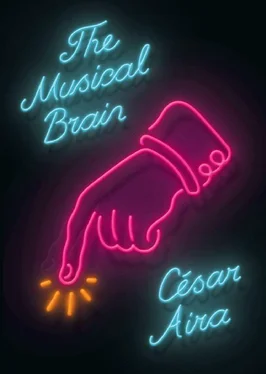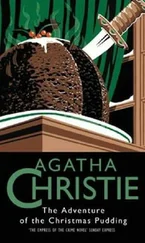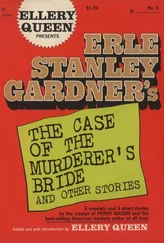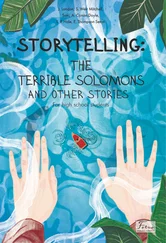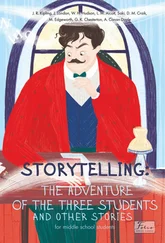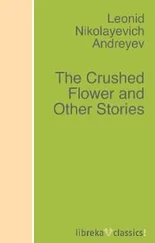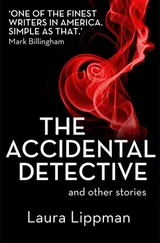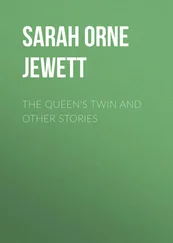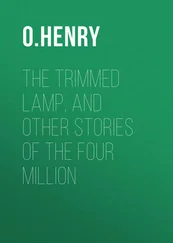It’s a happy Laocoön, a living sculpture made from plants that grow and thrive and renew themselves. And since there are two sculptures, as opposed to the Laocoön, which is a single group, they suggest an outcome, a formula that divides the passion into installments. The formula of death has become the formula of life: the formula of Coca-Cola, which is at once secret and universal, a secret within everyone’s reach.
The cars whiz past on the avenue, anonymous, indifferent. The bears are a fleeting vision, so fleeting there’s hardly a fraction of a second between the two groups, as in a flip book. The drivers, concentrating on the hellish traffic in this part of the city, don’t notice them. But the children do: it’s a favorite scene; they press up against the windows to see it. If they regularly pass this way, they know when to start looking out: a bit before the mall so they can savor the anticipation and be sure not to miss anything. If not, they’re taken by surprise, but even so they understand what it’s about, they interpret, they get the message, even the youngest.
It’s a universal language, and universal languages are aimed at children, not at adults. But in this case there is something more than a message, and something more than a language. The children passing by in cars or joyfully entering the mall, led by their parents, are not the only beneficiaries. There are others: the invisible, hidden children who are the protagonists of this fable, the fable of the topiary bears of Parque Arauco.
When the sun rises over the massive Andes looming beyond Las Condes, poor children from all the slums of Santiago come with empty plastic Coca-Cola bottles, one bottle each (no more than one: this is an unwritten rule). It’s a daily pilgrimage; they come from near and far, some from very far away, with such humble little steps it seems they’ll never get anywhere and yet they cover enormous distances. Some have to set out well before dawn. As day breaks, they converge on the mall opposite Parque Arauco, but not all together, not in groups; some delay their arrival, or hurry up, or stop and wait patiently, quietly, giving way to another child who got there first. One by one, they approach the bears. .
And there, in that dawn communion, a little miracle of charity is repeated over and over. A poor child approaches one of the bears (either one) and raises his or her old, dented, empty Coca-Cola bottle in both hands. With the slightest rustle of vegetation, the bear moves his head of green leaves, and fixes his gaze on the child. Without an expression, without a smile, perhaps without even what, in this world, we refer to as a gaze, he seems to gauge the child’s poverty, to understand and love that need. And then, with movements of infinite precision, he tips his big bottle to fill the child’s, mouth to mouth, without spilling a single drop. Clasping the treasure that refreshes, the child withdraws, and hurries home, making way for the next in line. And so they all have their turn, all the poor children of Santiago. Not one goes away empty-handed, because the big magic bottles of the topiary bears are never empty.
There are no bad dawns. There is no drought, neither in winter nor in summer. And when the day barges in and the big orange buses begin to discharge the multitudes who come to work in the mall’s stores and restaurants, the last of the poor children is already far away, with his bottle full of bubbling Coca-Cola, and the bears resume their majestic stillness for the rest of the day.
Like a sundial, the giant tower of the Marriott throws its shadow, which falls like a friendly caress over one bear at a certain hour of the day, and then over the other. I’m in the Executive Lounge on the twenty-third floor, with nothing to do (I never have anything to do), drinking whiskey and thinking about the sublime reality of the world.
The Criminal and the Cartoonist
THE CRIMINAL WAS HOLDING a knife to the cartoonist’s throat with one hand while furiously brandishing an open comic book with the other, and, in a voice as full of menace as his body language and the whole situation, subjecting his victim to violent but also bitter and plaintive reproaches.
“You had to go and tell my story, didn’t you, filthy snitch. . Rat, squealer, faggot! And you had to tell it in minute detail, and give the police everything they need to catch me and get a conviction.”
He was trembling with indignation (but the blade of the knife remained steady, gently pressed against the carotid artery), and the comic book, printed on the usual flimsy paper, was shaking in front of the cartoonist’s pale, terrified face.
“You even drew me! And it’s a good likeness, too, son of a bitch: the nose, the mustache, the expression. . the clothes! The black waistcoat, the belt buckle, the striped socks. . You really went to town, you rat. But now you’re going to pay. .”
The cartoonist, faced with what seemed to be the imminent end of the scene, and of his life, drew strength from desperation, and, in a barely audible voice, attempted to defend himself (he had a very strong argument).
“I never informed on you. I got all the information from the newspapers, down to the last detail, like you said! There are photos of you in the paper, hundreds of photos; that’s what I copied your face from, how else could I have done it? This is the first time I’ve seen you in person! Everything was published already.”
“Don’t lie.”
“I swear! You can check for yourself. You must know, but you won’t admit it. You were in the papers every day until the public’s morbid interest in your crimes began to wane, and that’s all the documentation I used; I didn’t put in anything that wasn’t already in the public domain. I didn’t have special sources or prior personal knowledge. I don’t have any underworld contacts; I spend all my time bent over the drawing board, in a world of fantasy. .”
“Don’t lie. It’s no fantasy. Everything you put in this comic happened exactly like you show it.”
The cartoonist’s voice was more natural now, not so shaky; he was taking heart from his irrefutable reasoning.
“But that’s because I got it from the newspapers! It’s all there, you can ask anyone. You weren’t reading the papers in prison, so you don’t know how much space they devoted to your story, how much information they gathered, how many photos of you they found, how meticulously they reconstructed each one of your exploits. . The material was all there, ready and waiting, all I had to do was write the script. . Well, I don’t want to get too technical, but—”
“Don’t lie.”
The same hoarse refrain: the record was stuck. What more could the cartoonist say? His arguments having failed to persuade, the panic was returning and with it the pallor and the urgent desire not to die. He had placed too much faith in language and reason. He’d forgotten that he was at the mercy of a terrible criminal, who could not have become what he was had he not already been an insane monster, impermeable to humanity. Already, and still.
And yet, when the criminal spoke, which he promptly did (all this took place in a few fleeting instants of horror), he too resorted to the irrefutable.
“Look at the date.”
These words introduced a new element, which, on the face of it, undermined the argument based on the newspapers, because if anything is dated, it’s the daily press. A complex rearrangement took place in the cartoonist’s mind, with the instantaneity that characterizes moments of high tension. He felt that he had settled the matter once and for all by appealing to the evidence of the newspapers; now the question of dates would oblige him to enter into the specific details of the proof. On the other hand, it was encouraging; by raising the question, his interlocutor was showing his willingness to rise to the level of a linguistic (and numerical) conversation, and that was a domain in which the cartoonist felt much more at home than in the world of action.
Читать дальше
